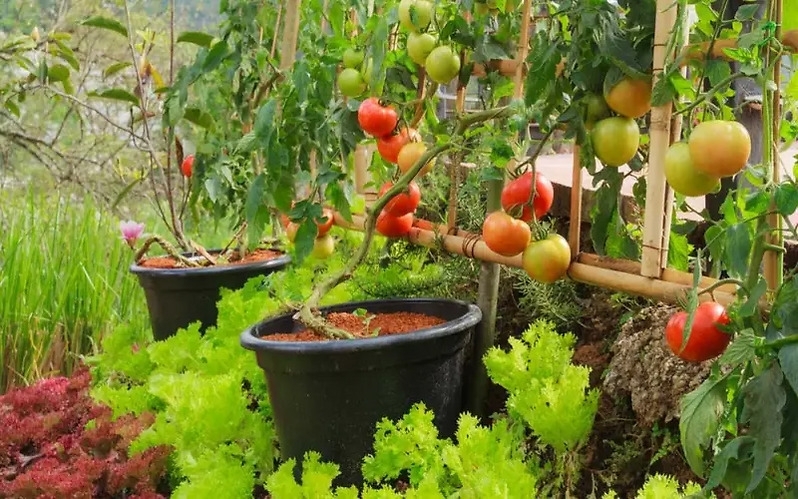September: The Perfect Time to Draw Layout of Your Vegetable Garden

Nursery Today Desk
New Delhi: According to Indian calendar, September is the transition period of ‘Bhadra-Ashvin’. Pleasant sun with light rain showers is the characteristics of this season. This is also the time to wind down the vegetable gardens. Here are some tips to rotate your kitchen garden and keep it healthy.
This is the perfect time to draw the layout of your garden. Sketching a layout of the garden helps in crop rotation and planting crops according to their performances.
Benefits of Crop Rotation
Crop rotation is one among the important factors of planning a vegetable garden. Planting the same crop in the same area in successive years increases the problems with diseases, insect pests and soil fertility. Vegetable crops in the same botanical family are susceptible to the same diseases and insects. Crop rotation helps to disrupt the disease or pest’s life cycle by removing the host plant and hence reducing these issues and balancing the soil’s nutrients.
Crop Rotation for small gardens
The ideal time to rotate the crops is two to three years but since home gardens do not always have enough space to do this. So, at least one-year rotation should be done.
Sketching layout
Sketch your garden layout, keep a garden log or take photographs of your garden. This will help you to keep record of which plant was planted at which location to assist you while doing crop rotation. This will also help you track the performance of the crops and its different varieties which will help to select the best varieties of crops to grow.
Multiple Garden Beds
Establishing multiple separate garden beds allows you to rotate plant families around each beds or plots. A single bed can also be divided into multiple zones to rotate the crops among different zones.
Use Containers
Disease-prone vegetables, such as tomatoes, can be planted in the containers to rotate a crop out of your main garden.
Rotate warm season crops with cool season crops
Rotating warm season crops with cool season crops benefits plant growth as they differ in root depths and density and hence extract different amounts of nutrients.
Remove Dead Plants and Weeds
Weeds and dead plants that had disease must be removed to reduce any carryover and should not be added to home compost piles as most home composting does not have enough temperature to kill the pathogens. Non-diseased plants could be left in the garden.
Amend the Soil
This time of fall is considered better for amending the soil than during spring as it gives enough time for the decomposition of plant materials before spring planting. Amendments can be done using well-rotted manure, compost, leaves or wastes of disease-free plants. You can use hand spade to amend the soil, if the garden is small.


